How To Treat And Prevent Colon Polyps
A colon polyp, also called a colorectal polyp, is a collection of cells that clump together in the colon lining. Although the majority of colon polyps are benign, doctors advise they be removed as they may become malignant if untreated. More than 200,000 Americans are diagnosed with colon polyps each year. Since polyps often have no symptoms, doctors recommend several different screening tests to detect and remove them. If symptoms related to polyps are present, they include bleeding from the rectum, black or bloody stools, abdominal pain, anemia, and constipation. Smoking, being overweight or obese, having a family member with colon cancer, and being over fifty years old all increase an individual's risk of developing a polyp. Some studies suggest dietary factors such as eating red or processed meats may further increase this risk, especially for females. The screening tests and interventions outlined below can help detect and treat colon polyps as well as reduce the risk of developing them.
Colonoscopy
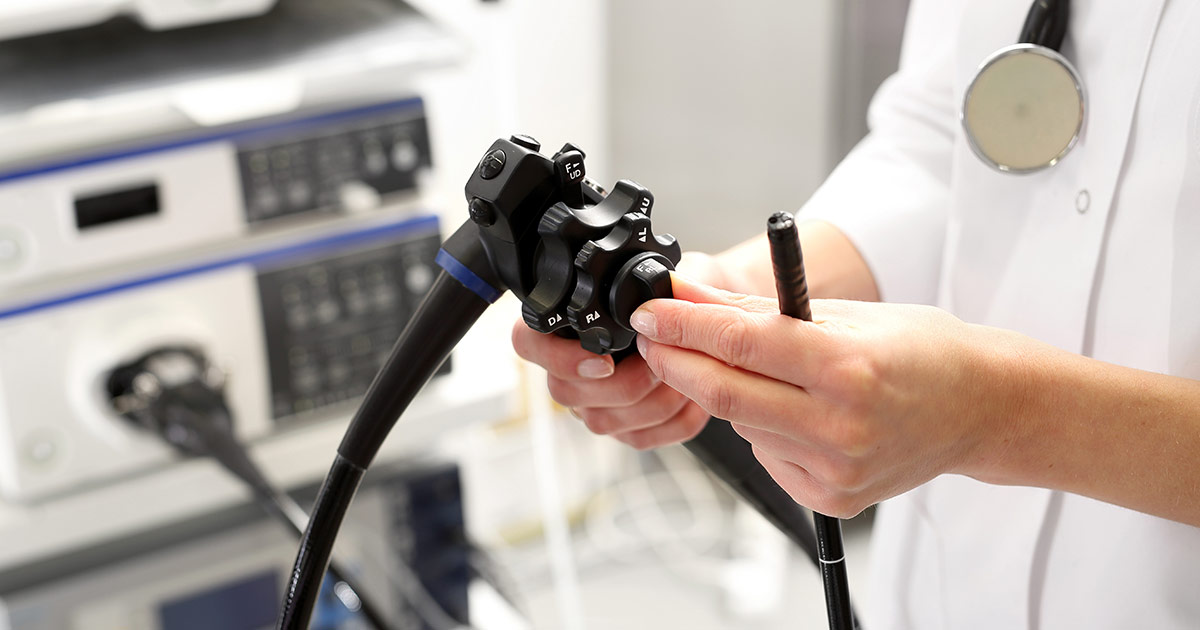
In the United States, colonoscopies are one of the most commonly performed medical screenings. They are generally recommended for adults over fifty years old, and doctors often advise patients have this test completed once every ten years if they are at an average risk for colorectal cancer. Before the test, patients are required to fast on a clear liquid diet the day before the procedure and drink a special laxative solution that completely empties the bowel contents.
Most patients are sedated for the screening test. During the exam, doctors insert a thin tube with a camera into the rectum and up into the colon to examine the lining. The test can pick up ulcers, scarring, diverticulitis, and polyps. If a polyp is located, doctors can remove it immediately during the procedure by using a special pair of scissors inserted through the tube. Patients usually go home on the same day of the colonoscopy and are advised to rest for at least twenty-four hours afterward.
Get to know the next option for treating colon polyps.
Flexible Sigmoidoscopy
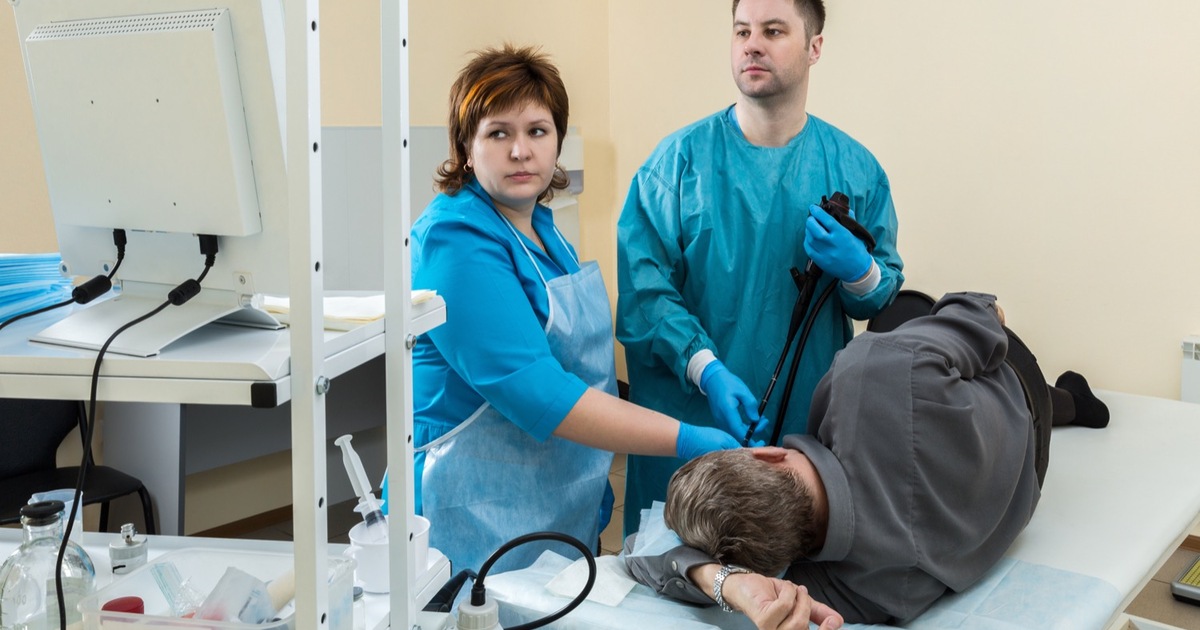
A flexible sigmoidoscopy involves the use of a flexible tube with a camera inserted through the rectum and into the colon. This procedure investigates the bottom area of the colon, also known as the sigmoid. While patients using this screening test will still need to take a laxative to empty their bowels, they generally do not have to take as many laxatives as would be required for a colonoscopy. A flexible sigmoidoscopy can be used every five years to screen for colon cancer. Some patients may prefer this procedure as it does not usually require sedation and takes only an estimated fifteen minutes to complete. Doctors performing sigmoidoscopies can take biopsies of any areas of concern within the sigmoid. However, if polyps are located, patients will need to have a colonoscopy so these can be removed.
Continue reading to learn more about treating and preventing colon polyps.
Eat A Healthy Diet

Many recent studies have shown dietary choices play a role in the development of colon cancer. In particular, high consumption of red and processed meats has been shown to increase the risk of this disease. Doctors advise anyone looking to reduce their risk of colon polyps to a high-fiber diet. Fiber has been shown to have protective effects against polyp formation. High-fiber foods include whole grains such as brown rice, whole wheat, and oatmeal. Including more fruits and vegetables in the diet may also lower an individual's risk of this cancer. In fact, studies suggest vegetarian and vegan diets may significantly decrease an individual's risk of this form of cancer. Alcohol intake should be limited, particularly for men, as it has been linked to an increased risk of colorectal cancer. Patients who struggle to eat a healthy diet or who are unsure about the types of foods that are best for their needs can get support from nutritionists.
Discover more colon polyps treatments and prevention methods now.
Maintain A Healthy Weight

Being obese raises the risk of many types of cancer, including cancers of the colon and rectum. An estimated seventy percent of Americans are classified as overweight, and thirty-seven percent are classified as obese. Experts believe ten percent of new cancer cases diagnosed in females in 2012 were strongly correlated with obesity. Doctors use body mass index to determine a patient's healthy weight. This index is a ratio of an individual's weight relative to their height. An index of more than twenty-five is categorized as overweight, and an index of thirty or higher is classified as obese.
Experts recommend limiting processed foods, saturated fats, and trans fats to maintain a healthy weight or lose weight. In particular, patients are advised to avoid fast food, and fried foods should also be limited. Cooking meals at home can help to control calories and portion size, and sitting down to eat at the dinner table instead of eating in front of the television or at a desk can help patients enjoy food more and be mindful of what they are eating. Support groups and nutrition counseling can help make weight loss easier for patients who struggle with their weight.
Understand the details of the next option for treating and preventing colon polyps.
Consider Calcium And Vitamin D Supplements

Both calcium andvitamin D are important nutrients when it comes to colon polyps. While studies suggest vitamin D can be beneficial in reducing the risk of polyps, recent findings suggest taking calcium supplements may actually raise an individual's risk of polyps. For this reason, patients should carefully consider calcium and vitamin D supplements, their overall colon cancer risk, and their doctor's recommendations before deciding which supplements, if any, they wish to take. If possible, patients should aim to get their calcium and vitamin D from food, as this makes nutrient absorption easier and avoids the risk of overdose that can sometimes come with supplements. Both calcium and vitamin D are added to juice, milk and dairy products, and some cereals. If a doctor recommends supplements, they can be obtained through capsules, gummies, and liquid formulations.
Learn more about preventing and treating colon polyps now.
Laparoscopic Surgery To Remove Polyps
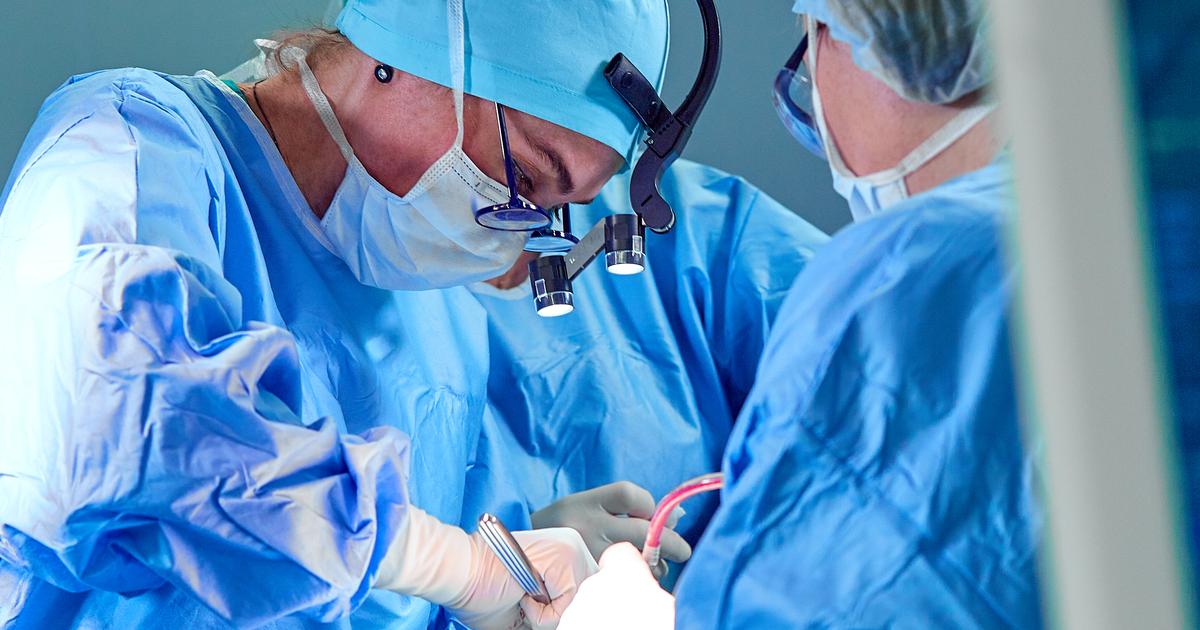
An individual with colon polyps may need to undergo laparoscopic surgery to remove the growths from their colon as part of their treatment plan. The first method of treatment typically used to remove colon polyps is resection during a colonoscopy. However, some polyps may not be able to be removed from the patient's colon during this procedure because they are located in a bend or fold in the colon. Traditionally, a partial colectomy would be performed to remove the entire section of the colon that contains the difficult polyp(s). During laparoscopic surgery, an incision in the abdomen is made so a thin instrument called a laparoscope can be inserted positioned near the polyp. A colonoscope is then used at the same time to navigate in the colon to the difficult polyp, where the laparoscope is then used to move the colon into a better position for removal. This type of procedure makes it possible for a patient to keep the affected section of their colon and have a faster recovery.
Get more details on preventing and treating colon polyps now.
Exercise Regularly

An individual who would like to reduce their risk of developing polyps in their colon that can lead to colon cancer should exercise regularly. Those who maintain an active lifestyle are three times less likely to develop polyps in their large intestine than individuals who have a sedentary lifestyle. Regular exercise is a good way for an individual to reach and maintain a healthy weight. An individual who is overweight or obese is more likely to have elevated levels of insulin-like growth factor and systemic inflammation. Regular exercise also helps the body with the production of the substances needed to digest the components of food in the large intestine properly. Regular exercise enhances the flow of blood through the digestive system, which reduces the risk of ischemic damage to the tissues of the large intestine. In addition, regular exercise helps the individual's immune system stay strong, which ensures it can clear away abnormal cells responsible for the formation of colon polyps.
Continue reading to learn more about treating and preventing colon polyps now.
Quit Smoking

Smoking tobacco products is a well-known risk factor for the development of colon polyps. Smoking tobacco products regularly raises an individual's risk of developing a particular type of colon polyps that are considered to be high risk. High-risk colon polyps are growths that are most likely to evolve into a malignant or cancerous tumor over time. Individuals who smoke tobacco products regularly inhale over 4,500 different chemicals that can cause genetic alteration and produce inflammation in the airways, respiratory tissues, and digestive organs. Inflammation causes damage to the cells of the large intestine, which creates large amounts of free radicals. Free radicals produced due to the effects of tobacco smoking can begin a long chain of DNA mutations that can cause growths like colon polyps to develop. Further inflammatory damage to existing polyps caused by free radicals increases an individual's risk of developing cancerous growth.
Discover more ways to treat colon polyps now.
Partial Colectomy
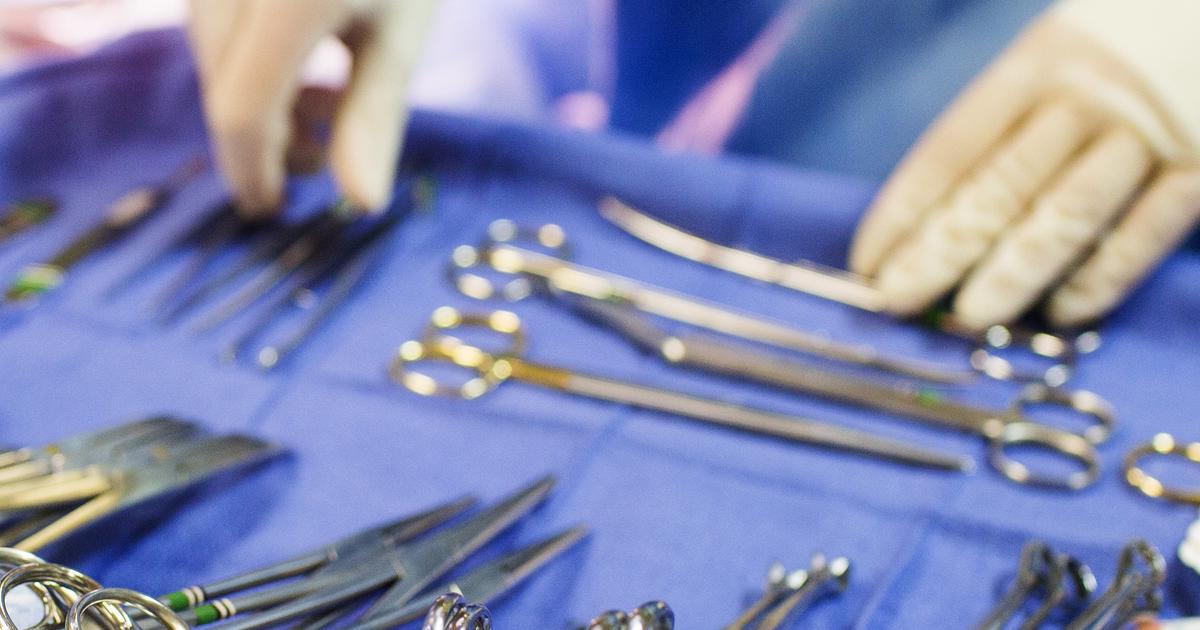
An individual affected by certain types of polyps in their colon may need to undergo a partial colectomy. This is a surgery that removes part of the large intestine or colon. A partial colectomy may also be referred to as a subtotal colectomy. Most patients who have a partial colectomy have colon polyps that are unable to be removed through the use of other methods like with the use of a colonoscope or laparoscope. Colon polyps that are exceptionally large, positioned in an odd part of the colon, and have an abnormal shape can be too difficult to be removed with other techniques. During a partial colectomy, the section of the patient's colon that contains the difficult polyp(s) is removed. The two remaining ends of the colon are then sutured back together. A partial colectomy helps prevent the regrowth of polyps in the colon and reduces the chances new polyps will develop.
Reveal additional information on treating and preventing colon polyps now.
Genetic Counseling
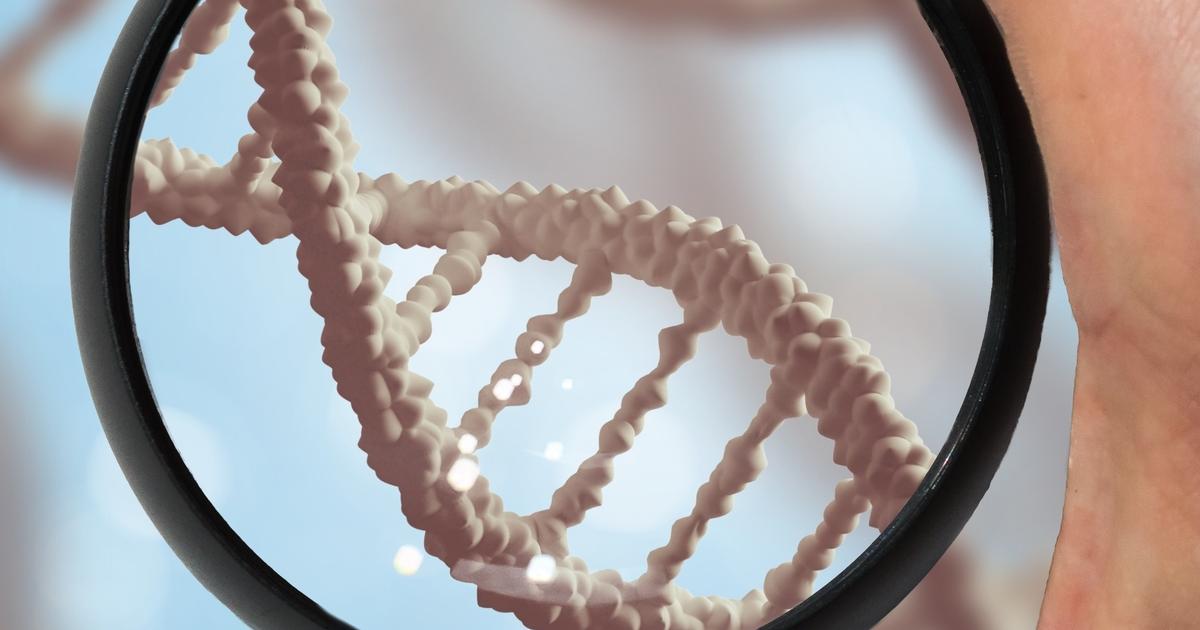
An individual affected by certain hereditary conditions that can increase the risk of colon polyp development may benefit from genetic counseling. The most common hereditary condition that causes the development of numerous polyps in the colon is called familial adenomatous polyposis (FAP). Familial adenomatous polyposis is caused by a gene alteration that causes individuals to develop more than several hundred polyps that almost always evolve into malignant tumors. Another hereditary condition that causes the development of hundreds of colon polyps is hereditary nonpolyposis colorectal cancer (Lynch syndrome). Individuals who have hereditary nonpolyposis colorectal cancer syndrome is not as likely as an individual with FAP to develop colon cancer from polyps but is much more likely to develop malignancy from a polyp than a healthy individual. Genetic counseling can be used to help an affected individual cope with their diagnosis, when they are considering having children, and when their children need to be screened.